How to determine the best lighting, backgrounds, and angles for a videocast recording
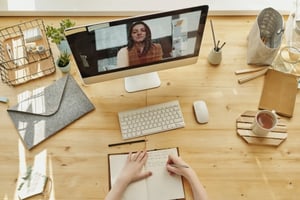 Vodcasts are podcasts that include a video recording. For example, many podcasts have a YouTube that displays video from each episode they record. To offer the best quality recording, you need to ensure that your setup and background are appropriate and professional.
Vodcasts are podcasts that include a video recording. For example, many podcasts have a YouTube that displays video from each episode they record. To offer the best quality recording, you need to ensure that your setup and background are appropriate and professional.
Audio: Listen to this article.
- Lighting and angle
Decent lighting and flattering angles create an appealing video setup. Lighting makes a huge difference in the quality of your video. As you can see in the example below, you want to be well-lit. You can place a lamp in front of you to provide this type of lighting. If you set a lamp or use lighting behind you, then you will appear as a dark figure on screen. For the best and most convenient background lighting, go for an LED light. You also want to avoid any harsh lighting to prevent glare on your head.

You also need to be aware of your camera angle. The last thing you want is the camera looking up your nose. To have the best setup, make sure your recording device sits on a flat surface that points around the height of your chest area when sitting down. This should provide an appealing angle because it places you square in front of your recording device. If needed, tilt your camera up or down to make yourself as level as you can. The following is a bad example of lighting and angle for a recording because the subject is backlit and is looking down at the camera.
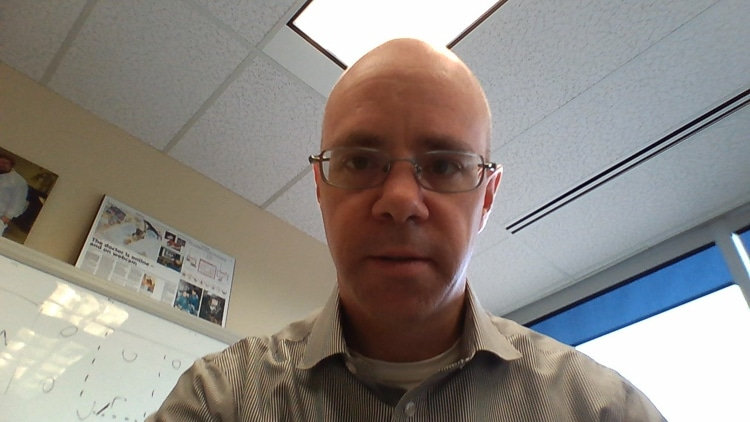
- Background
You also need a clean background. You don’t want to get caught with distracting, irrelevant, or unprofessional items behind you. To create the best background, go for a plain wall with a few accessories in front. These accessories can range from a quote or word, a table displaying relevant knickknacks, a sign, and anything that represents you and your brand. You should be able to express yourself through your background – and remember that less is more. You should also never blur your background as it could be distracting or cause ethical issues to emerge.
The following are good examples of recording setups and backgrounds.
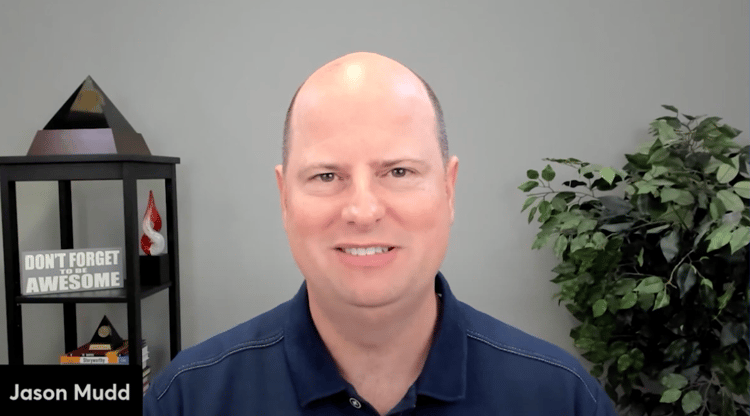
Here, you can see Jason is well-lit. He doesn’t appear as a shadowed figure and doesn’t fall under harsh lighting. He has a plain-color wall behind him that’s not distracting, he’s looking straight forward into the camera. He also includes some props like his “Don’t forget to be awesome” sign, which highlights his personality.
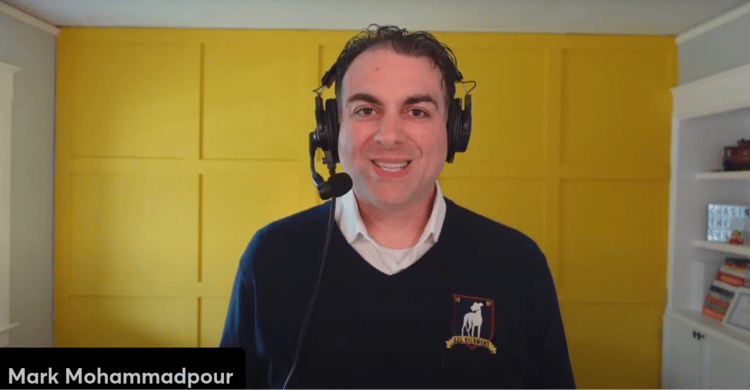
In this image, you can see Mark chose a yellow-colored wall to represent himself and his brand. In the corner, you can see some books and other relevant items to Mark’s company. The lighting was also appropriate, as we can clearly see Mark. He also kept a square, level angle the entire time.
As more and more podcasts include a video element, it’s important to be able to present yourself professionally on screen during these recordings. It’s also important to be able to present yourself professionally on TV. Check out our blog post “Mastering a TV interview” for more tips and tricks on how to best present yourself in front of a camera.
Photo by Julia M Cameron
Topics: PR tips, online public relations

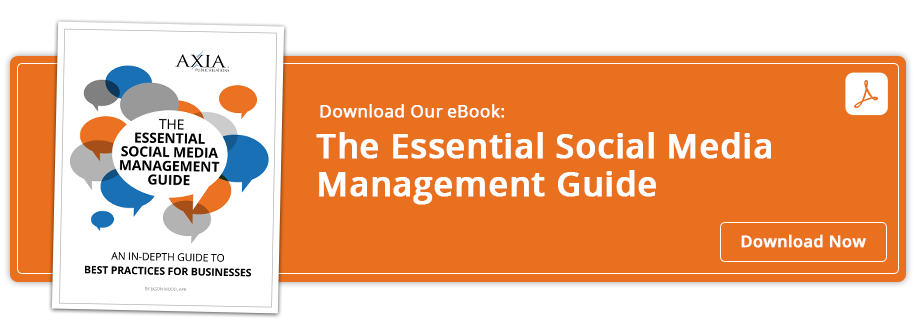

Comment on This Article